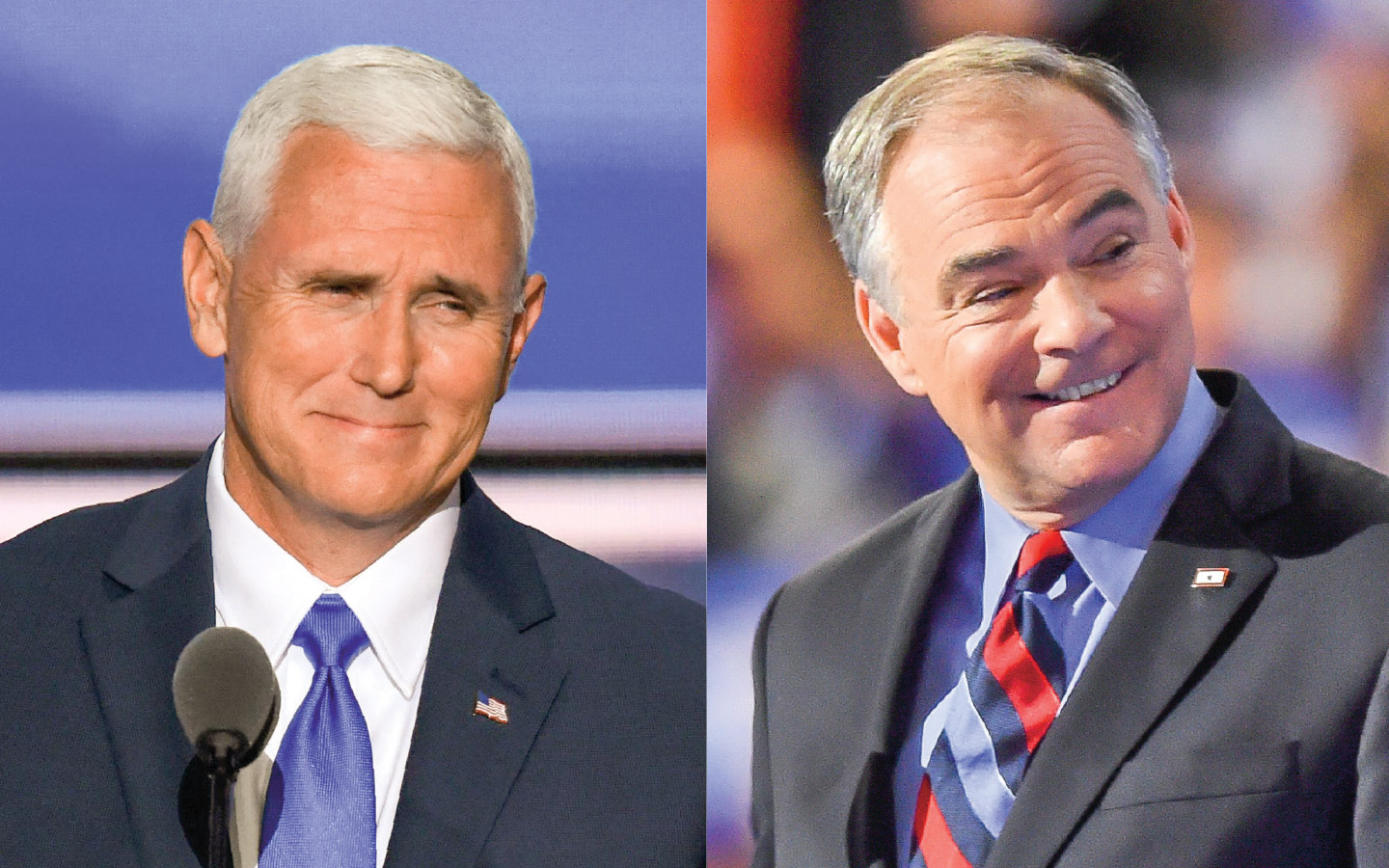Hillary Clinton’s recent bout of pneumonia didn’t last long, but it put the issue of presidential health front and center in the race for the White House.
Her illness, coupled with the nominees’ ages—Clinton, the Democrat, is 69; Donald Trump, the Republican, is 70—has prompted a closer look at the role of the vice president, who is first in the line of succession if a president dies or is unable to continue to serve in office.
“It should remind people of the importance of the two vice presidential candidates, and whether they are appropriate presidential successors based on their experience, skill, character, and substantive views,” says Joel Goldstein, a law professor at St. Louis University and an expert on the vice presidency.
Clinton’s running mate, Tim Kaine, 58, of Virginia, was elected to the U.S. Senate in 2012, where he now serves on the Foreign Relations Committee. Before that, he was Virginia’s governor for four years.
Trump’s choice for vice president, Mike Pence, 57, spent 12 years representing Indiana in the House of Representatives before becoming the state’s governor in 2013.

